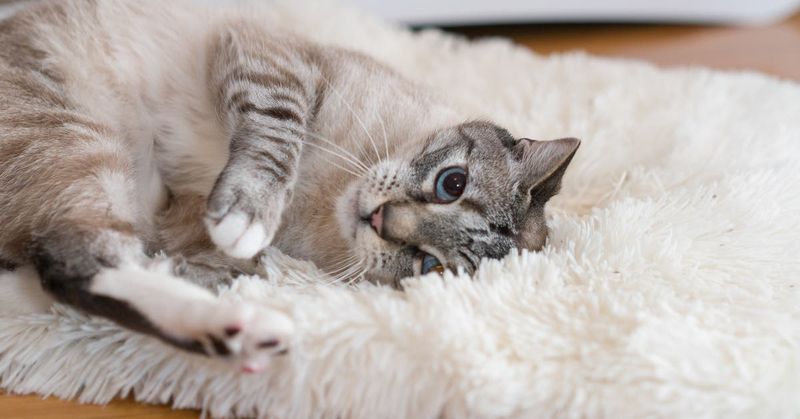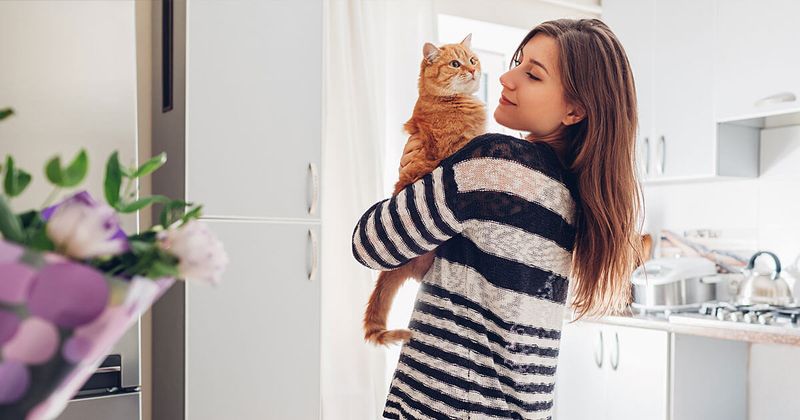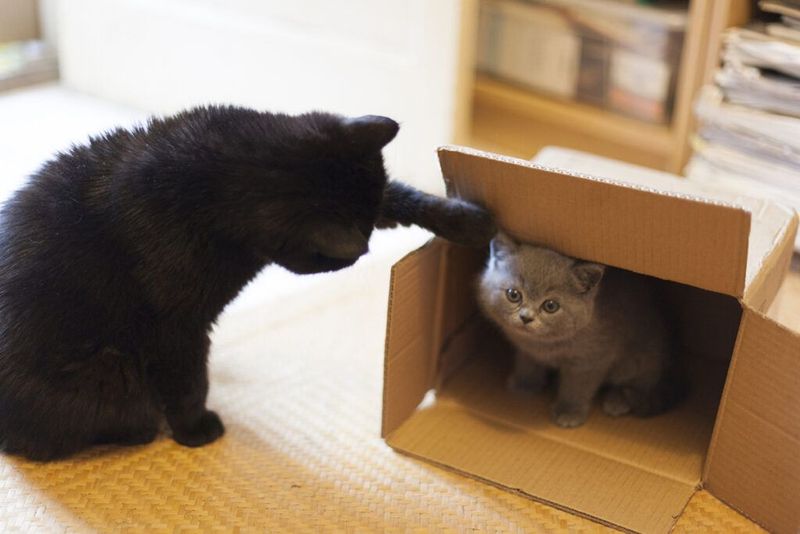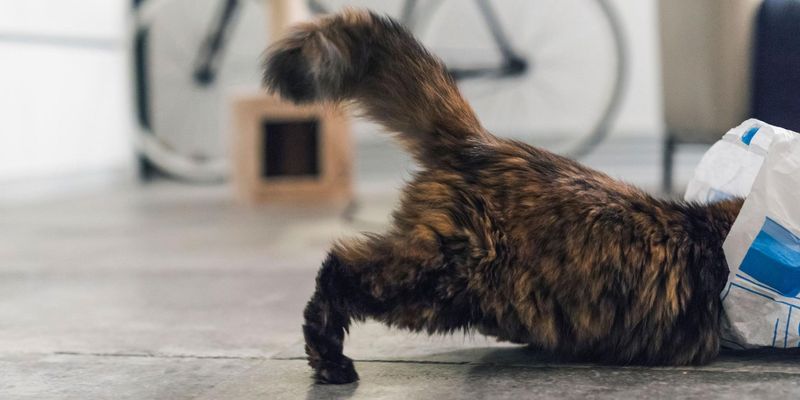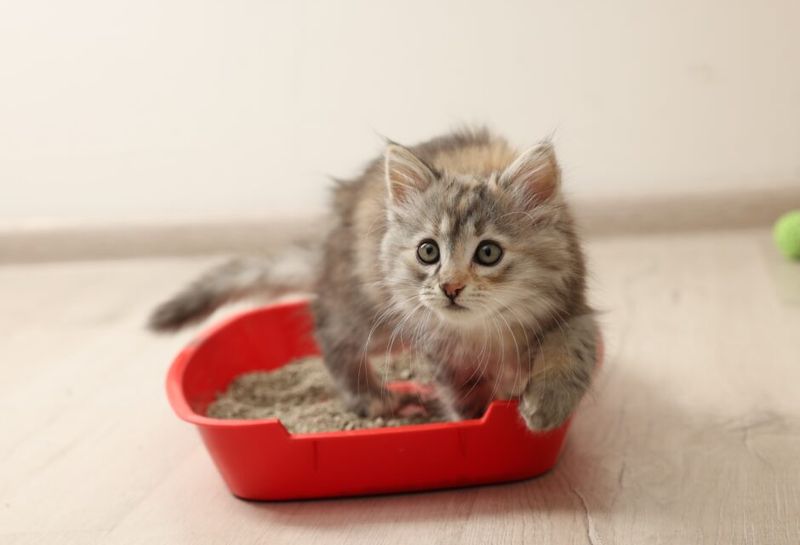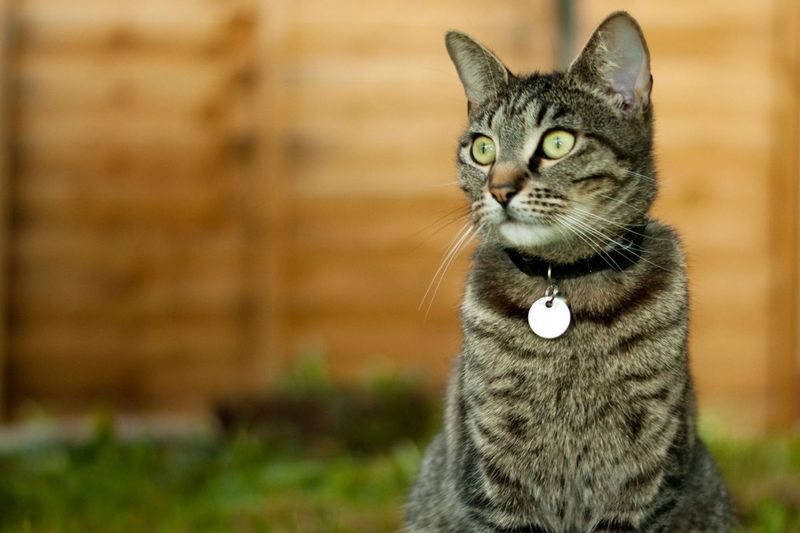📖 Table of Content:
- 1. Adopting on Impulse
- 2. Ignoring the Cat’s Personality
- 3. Overlooking Compatibility with Current Pets
- 4. Underestimating the Costs
- 5. Neglecting to Cat-Proof Your Home
- 6. Skipping the Vet Check-Up
- 7. Failing to Provide Proper Litter Box Setup
- 8. Not Giving Time to Adjust
- 9. Skipping Identification
- 10. Using Punishment Instead of Positive Reinforcement
Bringing a cat into your home is a meaningful, life-enriching decision that offers years of companionship and joy. Whether it’s a wide-eyed kitten or a seasoned senior cat, each feline has the potential to form a strong, lasting bond with its human. However, the journey to becoming a responsible cat parent doesn’t end at the adoption center—it begins there.
Unfortunately, many well-intentioned adopters find themselves overwhelmed by unforeseen challenges simply because they weren’t fully prepared. Mistakes made during or shortly after the adoption process can lead to stress, behavioral issues, and even the heartbreaking decision to return the cat. But the good news? Most of these pitfalls are avoidable with the right knowledge and preparation.
This article explores twelve of the most common mistakes people make when adopting cats and how to steer clear of them. From budgeting concerns to mismatched personalities, we’ll help you navigate these decisions with confidence. Read on to ensure your feline friend starts life in your home on the best paw forward.
1. Adopting on Impulse
Rushing into cat adoption without proper planning is one of the easiest ways to set yourself—and the cat—up for difficulty. While it may be tempting to fall in love with a cute face in a shelter, emotions should be balanced with practicality. Adopting a pet means committing to its care and wellbeing for many years. People who adopt impulsively often don’t consider lifestyle compatibility or long-term responsibilities. Without preparing your living space or researching feline needs, you’re likely to feel overwhelmed once the initial excitement wears off. Taking time to reflect on whether you’re truly ready for a cat can prevent future regret. A thoughtful decision leads to a more stable, lasting bond.
2. Ignoring the Cat’s Personality
Choosing a cat based solely on its looks can be misleading and problematic. Personality plays a major role in how well a cat fits into your household. Some cats are laid-back and social, while others are shy and need quiet spaces. Behavior in shelters may not fully reflect their true nature, but it does offer clues. It’s wise to talk with shelter staff about the cat’s temperament and observe its reactions over multiple visits. Understanding the cat’s needs can ensure they thrive in your environment. A strong personality match makes for a smoother transition and a happier home for both of you.
3. Overlooking Compatibility with Current Pets
Introducing a new cat into a home with existing pets isn’t as simple as opening the front door. Every animal has its own temperament and history, and not all pets will get along right away—or ever. It’s essential to consider the personalities of your current pets and how they might react to a newcomer. Gradual introductions, safe spaces, and proper supervision are crucial to successful integration. Skipping this process can lead to stress, aggression, and even injuries. Before adopting, ask shelters whether the cat has lived with other animals. Taking compatibility seriously will help maintain peace in your multi-pet household.
4. Underestimating the Costs
Caring for a cat involves more than just food and litter—it’s a financial commitment that spans a lifetime. From routine veterinary visits and vaccinations to emergency care, costs can add up quickly. Many adopters are caught off guard by the price of quality food, flea prevention, dental cleanings, and grooming. Additionally, enriching your cat’s environment with toys, scratching posts, and cozy beds adds to the bill. Creating a realistic monthly and annual budget for your pet can help you avoid financial stress. If your budget is tight, consider pet insurance or a savings fund for emergencies. Being financially prepared is key to offering your cat consistent, quality care.
5. Neglecting to Cat-Proof Your Home
Assuming your home is automatically safe for a cat can be a costly and dangerous mistake. Cats are agile, curious creatures that can squeeze into small spaces and climb where you least expect. Household hazards such as toxic plants, exposed wires, small objects, and open windows can pose serious risks. Taking time to inspect and modify your home can prevent accidents and injuries. Simple adjustments like securing cords, blocking off unsafe areas, and hiding choking hazards make a big difference. Especially for kittens, cat-proofing is non-negotiable. A secure environment allows your new pet to explore with confidence and keeps your peace of mind intact.
6. Skipping the Vet Check-Up
Bringing your new cat home directly from the shelter without a visit to the vet may seem harmless, but it’s a risky oversight. Even if the shelter claims the cat is healthy, only a comprehensive veterinary exam can confirm this. Parasites, infections, dental issues, and hidden illnesses might not be obvious right away. Establishing a relationship with a trusted vet from the beginning is essential for preventative care and emergencies. Your cat’s medical records should be reviewed and updated to ensure vaccinations and treatments are current. An early check-up helps you start your cat’s life on a healthy note. Proactive healthcare is one of the most responsible steps you can take.
7. Failing to Provide Proper Litter Box Setup
Assuming any litter box will do often leads to messy outcomes and unhappy cats. Preferences for box size, location, and litter type vary greatly among felines. If the setup doesn’t meet your cat’s expectations, they may avoid using it altogether. Ideally, you should have one box per cat, plus one extra, and clean them daily. Privacy, low traffic areas, and easy accessibility are all important factors. Ignoring these details can result in inappropriate elimination and stress for both you and your pet. A well-thought-out litter box arrangement fosters good hygiene and contentment.
8. Not Giving Time to Adjust
Expecting your new cat to be instantly affectionate or comfortable in your home sets unrealistic expectations. Cats are creatures of habit, and changes—no matter how positive—can be deeply unsettling. Some may hide for days or refuse food during their adjustment period. It’s vital to offer them a quiet, secure space where they can observe and explore at their own pace. Avoid forcing interactions and instead let the cat initiate contact when ready. Patience and consistency will help them build trust in their new environment. A gradual approach paves the way for a deep and lasting connection.
9. Skipping Identification
Assuming an indoor-only cat doesn’t need identification can be a heartbreaking mistake. Accidents happen—doors are left ajar, windows open, and pets slip out in seconds. A microchip with up-to-date contact information greatly increases the odds of a reunion. Even better, combine it with a collar and ID tag for immediate visual recognition. Shelters and rescues often scan for chips first when stray cats are brought in. While it might seem unnecessary, these small precautions can be lifesaving. Identifying your cat is a simple yet powerful way to protect them.
10. Using Punishment Instead of Positive Reinforcement
Responding to undesirable behavior with punishment typically backfires when it comes to cats. They don’t associate negative reactions with specific actions the way dogs might. Instead of learning from the discipline, they often become fearful or withdrawn. Positive reinforcement—rewarding good behavior—is far more effective in shaping habits. Scratching furniture, for instance, can be redirected with strategically placed scratching posts and praise. Harsh corrections damage trust, while encouragement fosters a sense of safety and understanding. Treat your cat with patience, and you’ll see much better results.

